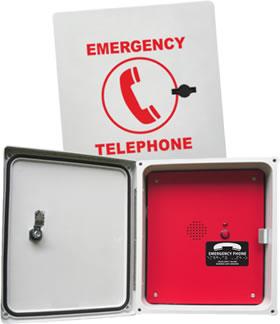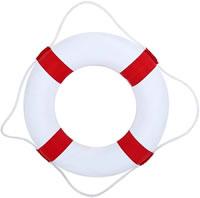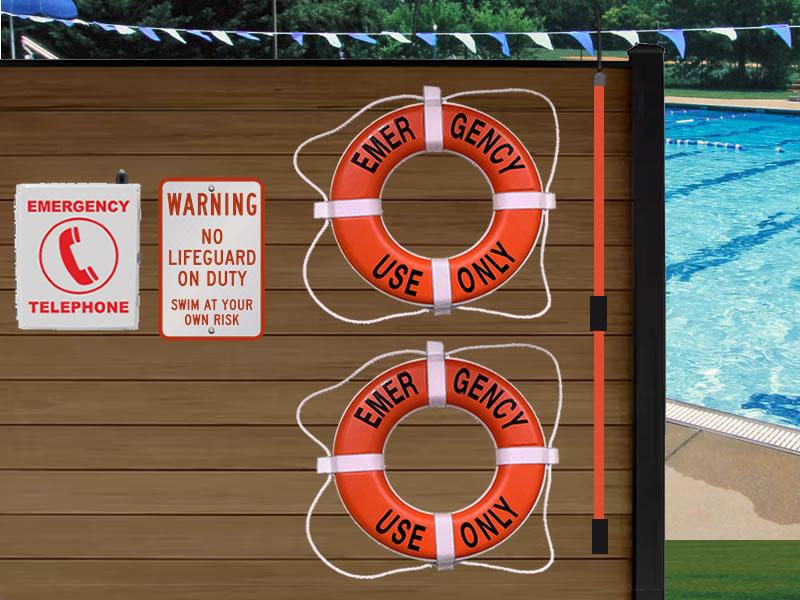Essential Public Pool Safety: 18 Tips for a Secure Swim
Dive into our guide for top-notch public pool safety. Follow expert tips to enjoy a secure and worry-free swim. Your safety matters!
Staying Safe in Public Pools: Essential Public Pool Safety Tips for a Splashing Good Time
As the summer sun blazes and temperatures soar, public pools become a haven for people seeking respite from the heat. Whether you’re a seasoned swimmer or someone who simply enjoys lounging by the water, it’s important to prioritize safety when enjoying a day at the public pool. While the cool, refreshing waters of a public pool may seem inviting, they also present potential hazards that can be mitigated with proper awareness and preparation.
In this article, we will delve into a comprehensive list of essential public pool safety tips to ensure your aquatic adventure remains a fun and secure experience.
Cost Saving Tip: Switch to Cellular Phone Lines and Save 35% or More Every Month!
Incorporating innovative solutions like the MyLinkLine cellular phone lines can lead to significant cost savings and operational efficiency. This affordable communication system eliminates the need for traditional landlines and provides a reliable cellular connection for pool phone communication.
Furthermore, MyLinkLine provides a 24-hour phone monitoring service that can be combined with cellular phone lines to achieve extra cost savings.

1. Follow Pool Rules
Every public pool will have a set of rules and guidelines posted prominently. These rules are not merely suggestions but rather tools designed to ensure everyone’s safety. They may include restrictions on diving, running on wet surfaces, and using certain equipment. Adhering to these public pool rules not only safeguards you but also contributes to a safer overall environment for everyone at the pool.
2. Learn to Swim
While it may seem obvious, a surprising number of people enter the water at public pools without knowing how to swim. Enrolling in swimming lessons is a valuable investment in your safety and confidence around water. Knowing how to float, tread water, and perform basic strokes can mean the difference between panic and control if you find yourself in an unexpected situation.
3. Supervision Matters
One of the most fundamental aspects of public pool safety, especially for children, is constant supervision. Parents, guardians, and responsible adults should keep a watchful eye on those they are responsible for at all times. Drowning can happen quickly and silently, making it crucial to maintain an unbroken line of sight with swimmers. Even if there are lifeguards on duty, their attention is divided among multiple swimmers, making your vigilant presence all the more important.
4. Emergency Preparedness
Knowing where the public pool’s safety equipment is located and understanding how to use it can be a lifesaver. Familiarize yourself with the location of life rings, reaching poles, and first aid kits. In the event of an emergency, you can take swift action while waiting for professional help to arrive.
5. Teach Children About Pool Safety
Educating children about public pool safety is paramount. Teach them not to run near the pool, the importance of staying within designated areas, and the proper way to ask for help if they find themselves in trouble. Encouraging open communication about public pool safety can empower children to take responsibility for their own well-being.
6. Enter the Water Safely
Many accidents occur simply when entering or exiting the public pool. Walk slowly on wet surfaces to avoid slipping, and always use the designated stairs or ladders. Avoid jumping or diving into unfamiliar water, as the depth may vary, and hidden hazards could be present.
7. Stay Hygienic
Maintaining good hygiene while at the public pool is not only considerate but also crucial for everyone’s health. Avoid urinating or defecating in the water, as this can introduce harmful bacteria and compromise water quality. Use the restroom facilities provided and encourage children to do the same. Additionally, if you’re feeling unwell or have an open wound, it’s best to avoid swimming to prevent the spread of illness or infection.
8. Be Cautious with Floatation Devices
While floatation devices can provide a sense of security at public pools, they are not a substitute for supervision and swimming skills. Children using floaties should still be closely watched, and adults should never rely solely on floatation devices for their safety.
9. Know the Depth of the Water
Before diving into the public pool, take a moment to assess the water’s depth. Diving headfirst into shallow water can result in serious injuries, including head and spinal injuries. Only dive into areas clearly marked as safe for diving and always enter the water feet first if you’re unsure about the depth.
10. Watch Out for Lightning
If you hear thunder or see lightning in the vicinity of a public pool, it’s crucial to clear the pool and seek shelter immediately. Water is an excellent conductor of electricity, and being in the pool during a thunderstorm increases the risk of being struck by lightning.
11. Limit Alcohol Consumption
Drinking alcohol impairs judgment and coordination, which can be a dangerous combination when combined with swimming at public pools. Alcohol can also increase the risk of dehydration, making it important to moderate your alcohol intake while at the pool.
12. Respect the Lifeguards
Lifeguards play a critical role in ensuring public pool safety. Always follow their instructions and warnings, and avoid distracting them from their duties. Remember that they are there to help prevent accidents and respond swiftly in case of emergencies.
13. Be Mindful of Pool Drains and Suction Fittings
Pool drains and suction fittings can pose a hidden danger at public pools, especially for long hair, jewelry, or loose clothing that might become entangled. Teach children to stay away from these areas and to avoid playing near them. Hair should be tied up or covered to reduce the risk of entanglement.
14. Stay Visible
If you’re swimming in an open-water pool or natural body of water, wear brightly colored swimwear or a swim cap to remain visible to others, especially boaters or lifeguards at public pools.
15. Shower Before and After Swimming
Showering before entering the public pool helps to reduce the introduction of contaminants into the water, promoting better water quality. Showering after swimming helps remove chlorine and other chemicals from your skin, minimizing skin irritation.
16. Hydration Is Key
Swimming can be deceptively exhausting, and the heat can exacerbate this. Dehydration can set in quickly, leading to fatigue and even fainting. Keep a water bottle nearby and take regular breaks to hydrate, especially if you’re engaging in rigorous activities like playing water sports.
17. Stay Away from Pool Drains and Filters
Pool drains and filters can have strong suction that can be dangerous if swimmers get too close at public pools. Avoid sitting on or playing near these devices to prevent being pulled underwater.
18. Avoid Horseplay
While having fun is the goal at public pools, horseplay can lead to accidents and injuries. Running, pushing, or engaging in
Staying Safe in Public Pools: Final Thoughts
Safety should always be a priority when enjoying the pleasures of public pools. By following these essential public pool safety tips, you can ensure that your experience is not only enjoyable but also secure. With vigilance, adherence to rules, and a focus on responsible behavior, you can make the most of your time at the public pool while minimizing potential risks. So, dive into the refreshing waters confidently, knowing that you’ve taken the necessary precautions for a splashing good time!


